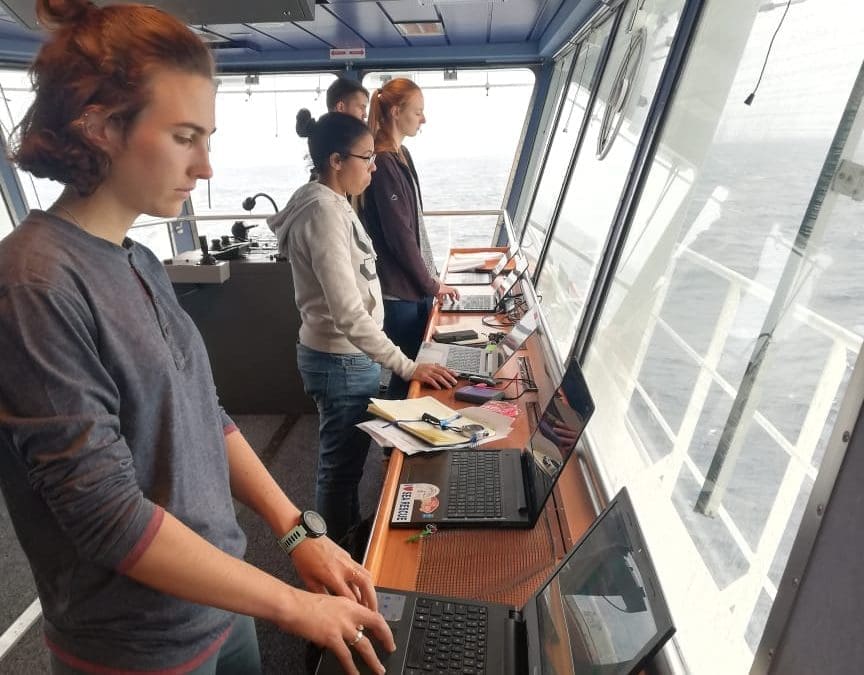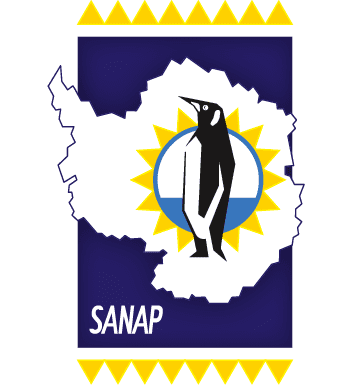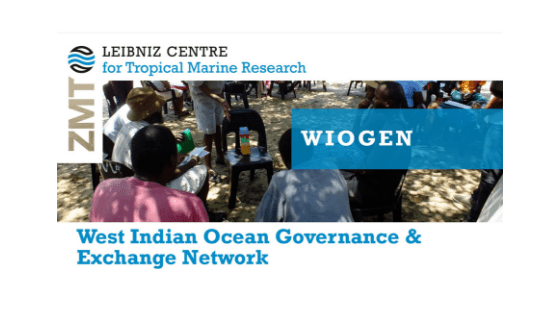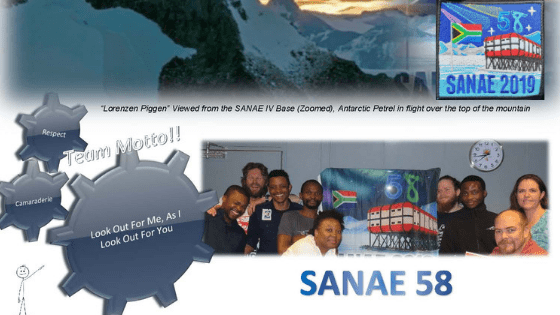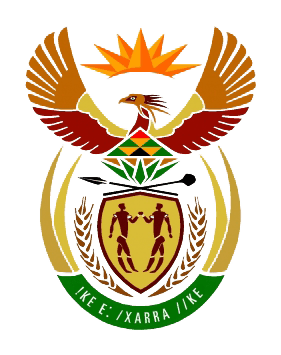
by Fishgate@sanap | Aug 5, 2019 | Antarctica, News, Research, SA Agulhas II, SANAP, Science, Southern Ocean, sub-Antarctic
It is the last week of the SCALExperiment Winter Cruise of 2019. Here’s what the engineers of Stellenbosch University are currently doing onboard the S.A. Agulhas II.
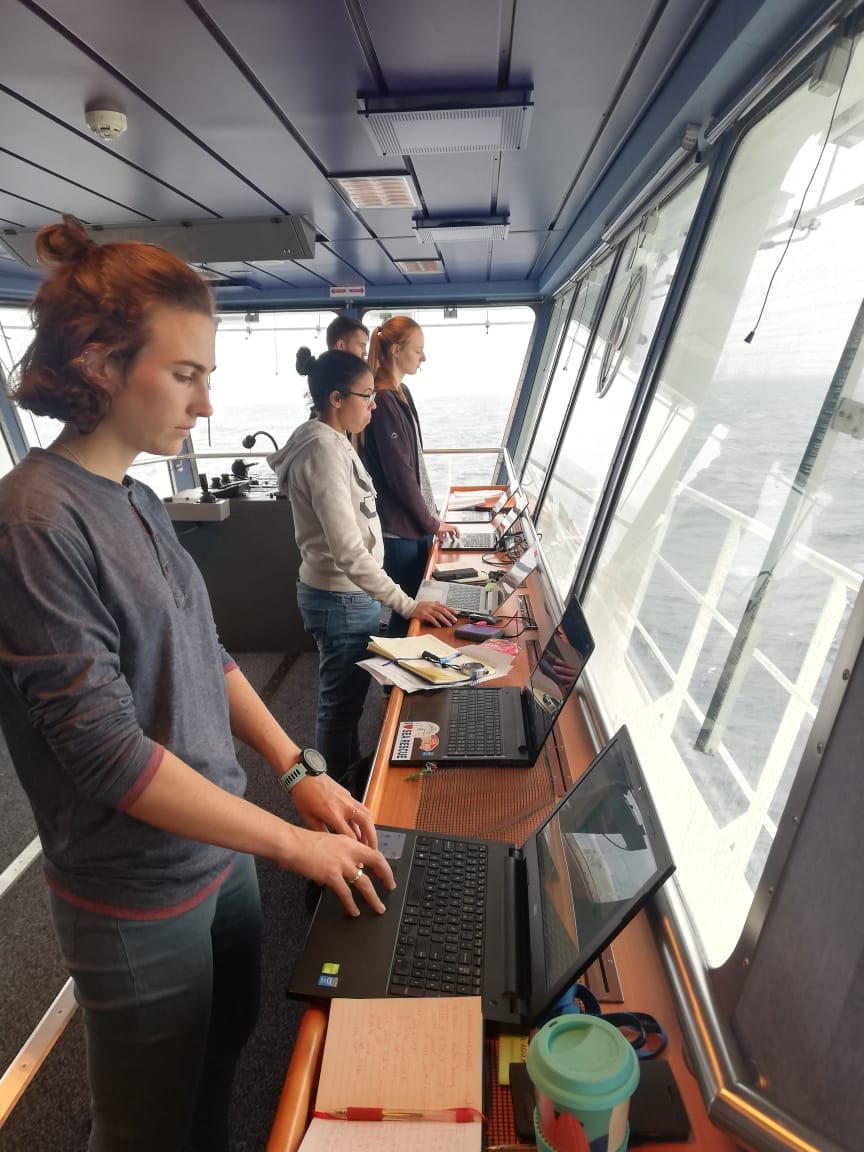
Observations of stern and bow slamming done from the SAAII bridge
During the SCALE Voyyage to Antarctica, the Sound and Vibration Group has been conducting full scale measurements using accelerometers placed on the S.A. Agulhas II. Wave observations have been conducted to estimate the height and frequency of the waves encountered by the vessel. With this, slamming observations have been conducted. When the vessel is experiencing slamming the team is tasked to rate the slam according to the comfort experienced.
The team has conducted ship manoeuvers in open water while stationary and moving at various speeds. This was done to investigate under which wave states the vessel experiences slamming.
The team is also investigating human comfort onboard the vessel. Passengers fill in daily motion sickness and slamming surveys. In addition to this a head acoustic dummy, Mike, has been measuring the sound experienced in a passenger cabin.
Information received from: Prof Annie Bekker, Associate Professor, Department of Mechanical and Mechatronic Engineering, Stellenbosch University, 05 August 2019
Photos: supplied by Sound and Vibration Group

by Fishgate@sanap | Aug 2, 2019 | Announcement, News, Science
Dear all
The West Indian Ocean Governance and Exchange Network (WIOGEN) is one of the MeerWissen initiatives and was launched earlier this month. WIOGEN is an opportunity to produce joint publications through the science exchanges, be involved in a science to policy event, training schools and virtual learning. The network activities will be driven by the needs of the region and its members.
The first conference will take place on the 7th and 8th of November 2019. Please fill in the survey to ensure that you are included in news about WIOGEN and to express your interest in attending the November event (it is a non-obligatory expression of interest). https://www.surveymonkey.com/r/BLQ95Q3
Please click here for more information. We look forward to welcoming you to the network and working with our partners to improve ocean governance in the West Indian Ocean. If you have any questions please feel free to email info@wiogen.org or visit the (under construction) website: https://wiogen.org/
Best wishes
Shannon
(Representing implementing partners IOI-SA and Leibniz Centre for Tropical Research – ZMT)
—
Dr Shannon Hampton
International Ocean Institute – African Region
CBC Building, Kirstenbosch, Rhodes Drive, Newlands
0217998830
www.ioisa.org
https://www.facebook.com/IOISouthernAfrica/
http://howtosurvivephd.blogspot.com/

by Fishgate@sanap | Aug 1, 2019 | Antarctica, Current Event, News, Research, SA Agulhas II, SANAP, Science, Southern Ocean
Jean Loock and Johan Viljoen, Stellenbosch University doctoral candidates currently onboard the S.A. Agulhas II, gave some insight on why the TracEx -group is so interested in studying the Southern Ocean during winter and the particular interest in the seasonal sea-ice.
“Phytoplankton are microorganisms that help regulate global climate through carbon dioxide uptake as they photosynthesise. To do this they require nutrients but in the remote oceans food is scarce, resulting in fierce competition and poor growth of these plankton. However, within the seasonal sea-ice that grows during winter and extends northwards from Antarctica, a thriving little community of microorganisms exist.
Our team is looking to analyze the snow layer on the ice, the ice itself and the water below the ice in an attempt to understand how these nutrients are concentrating within the ice. It may be that during the summer melting phase, these nutrients are expelled from the ice and provide the food required for large scale blooms of phytoplankton and thereby improved carbon dioxide uptake. These curious cases are crucial to improving our understanding of the climate system in a changing environment”.
Follow the TracEx Group on Facebook and Twitter.
Preparing the Mini Geotraces CTD Rosette before the cruise:
On the day of the first launch, during the #SCALExperiment #WinterCruise2019 .

Team TracEx getting ready to deploy their new mini CTD rosette in ice conditions to collect water samples to study the trace metals in the water column below ice. Photo Credit: Johan Viljoen
For more information on #SCALExperiment #WinterCruise2019 – click here.
Anché Louw, Antarctic Legacy of South Africa, 01 August 2019

by Fishgate@sanap | Jul 30, 2019 | Announcement, Antarctica, News, Newsletters, SANAE, Team member

In this edition:
- Meet the Team Medical Doctor, Salomé Odendaal
- Learn more about the medical facilities at the base
- The ins and outs about waste management here at SANAE IV
- What you want to know about cooking and a typical SANAE braai
- Weather summary for the month and more…
Click here to download/view the SANAE IV Newsletter, June 2019 Edition
Most recent news from the team:
https://www.facebook.com/AntarcticLegacySA/posts/914615882210688:0
Click here to view all the SANAE newsletters available on the Antarctic Legacy of South Africa Archive.
Anché Louw, Antarctic Legacy of South Africa, 30 July 2019
